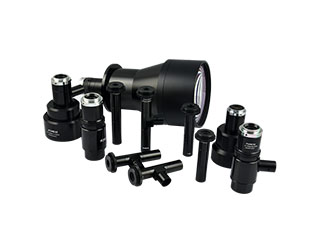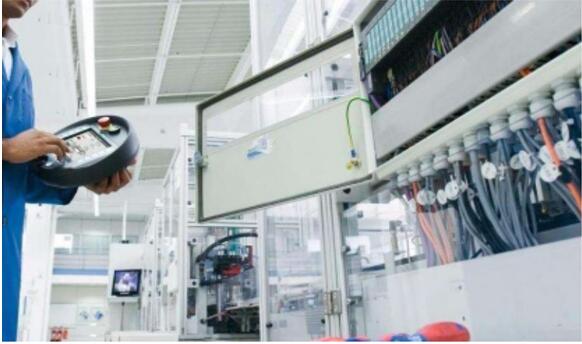
How is the magnification of a telecentric industrial lens calculated?
Telecentric industrial lenses play an increasingly important role in industrial inspection, microscopic experiments, machine vision and other applications. These lenses are characterised by high resolution, high contrast, low distortion, etc., and can meet the needs of various precision measurements and observations.


And when using telecentric industrial lenses, the calculation of the magnification is a very important step. The magnification of a telecentric industrial lens is the ratio between the size of the object image on the image sensor and the size of the actual object. By calculating the magnification, we can determine the size of the object in the image for better measurement and observation. At the same time, the magnification of telecentric industrial lenses also determines performance indicators such as the resolution and contrast of the lens.
On different occasions, we need to choose different magnification to meet different needs. For example, in microscopy experiments, we need to use a high magnification lens to observe minute details. While in machine vision applications, we may need a low magnification lens more to get a larger field of view for better object recognition. Therefore, calculating the magnification of telecentric industrial lenses can help us better select and use lenses.
The magnification of telecentric industrial lenses can be calculated using the following formula:
Optical Magnification = CCD Camera Element Size / Actual Field of View Size
This formula can be used to calculate the magnification in the vertical (V) or horizontal (H) direction. For example, if the element size of a CCD camera is 2/3 inch (8.8mm x 6.6mm long) and the field of view is 64mm x 48mm long, then the magnification in the vertical direction is 8.8/64 = 6.6/48 = 0.1375.
In addition to calculating the magnification, telecentric industrial lenses have other parameters to pay attention to, such as resolution, contrast and aberration. All of these parameters will affect the performance and use of the lens. Therefore, when choosing telecentric industrial lenses, we need to consider various factors in order to choose the most suitable lens for our application.
Product recommendation
TECHNICAL SOLUTION
MORE+You may also be interested in the following information
FREE CONSULTING SERVICE
Let’s help you to find the right solution for your project!

- APPICATION CASE
- RESOURCE CENTER
- DOWNLOAD CENTER
SOLUTIONS SUPPORT
- ZOOM LENS SELECTION TOOL
- TELECENTRIC LENS SELECTION TOOL
- FA LENS SELECTION TOOL
- ZOOM RATIO TABLE
- CERTIFIED MODEL
SELECTION TOOL
- WHY POMEAS
- FAQ
- PRIVACY POLICY
- TERMS OF USE
- DELIVERY & RETURN POLICY
CUSTOMER CARE
 ADDRESS
ADDRESS
Add.:No.68, Chongwei Road, Baizhoubian, East district, Dongguan, China, 523000
CONTACT
 Tel:+ 86-0769-2266 0867
Tel:+ 86-0769-2266 0867
 Fax:+ 86-0769-2266 0867
Fax:+ 86-0769-2266 0867
 E-mail:marketing@pomeas.com
E-mail:marketing@pomeas.com

Wechat QR code
Software Copyright :2021SR0176001 抄袭必究, 技术支持:誉新源科技

 ASK POMEAS
ASK POMEAS  PRICE INQUIRY
PRICE INQUIRY  REQUEST DEMO/TEST
REQUEST DEMO/TEST  FREE TRIAL UNIT
FREE TRIAL UNIT  ACCURATE SELECTION
ACCURATE SELECTION 